Tomihiro Kono
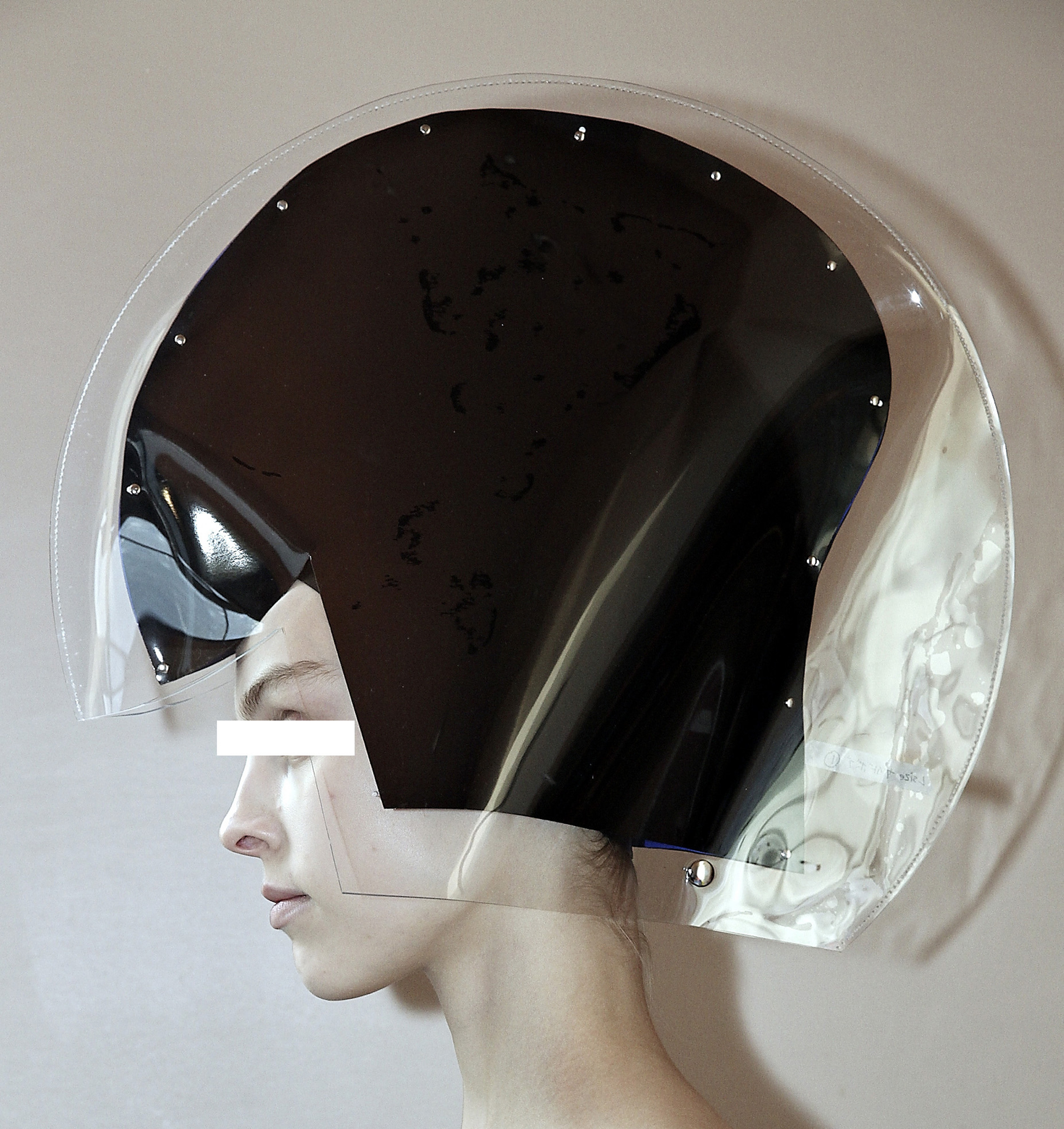
“it was something I grew into loving”
Tomihiro Kono, a hair stylist and head props creator, currently based in New York City, is best know for his outstanding work with designers such as Jil Sander and Junya Watanabe. His launch of his own book ‘Head Prop’ is a ‘documentation of distinctive head prop work produced’ by himself. Not only does Tomihiro produce ‘visually striking head designs’ but ‘designs that focus on functionality in the beauty of form’. Kono has grown to become the master of a genre he created from himself.
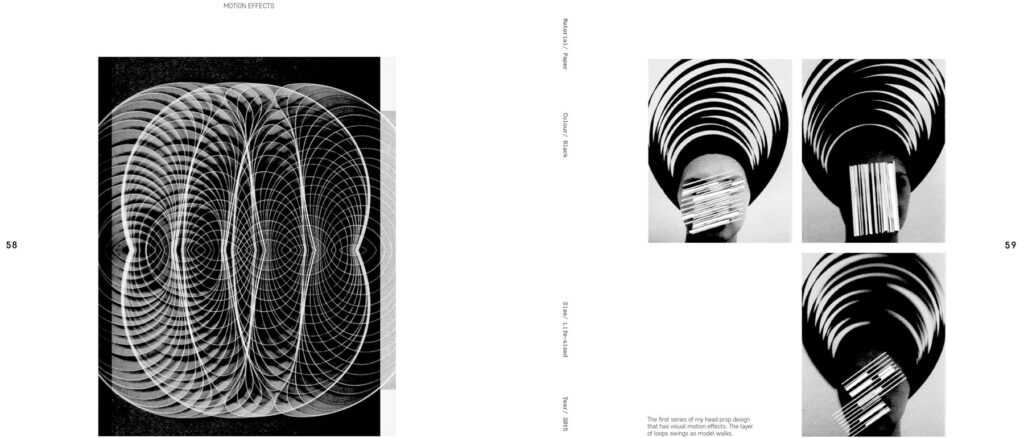
I understand that your career started in Japan, where you worked as a hair stylist. But how did the idea of creating wigs and head props appear in the first place? What was the starting point for you?
I started my career as a hairdresser in Osaka, where I studied basic hair skills. Four years later I had gotten seriously obsessed with geometric haircut techniques and decided to master the method. I ended up working in a few different hair salons in Tokyo and acquired the best haircut skills. In 2017, when I branched into session styling, I moved to London. I started head props originally to satisfy my own creativity but I’ve always been obsessed with new hair and head creations. The act of hair styling and designing head props are, according to me, closely related to each other. They go hand in hand. Therefore, as a hairstylist it’s also my responsibility to keep working with hair designs in order to grow as a creative.
Was this all a part of your childhood dream or was it something you grew into as you got older?
When I was a young boy I wanted to become a veterinarian, which is quite different from what I do now. So I would definitely say that, as I got older, it was something I grew into loving. Even during the beginning of my career as a hairdresser I wasn’t dreaming about working abroad as a session stylist. I have just always been focused on doing the best I can and working hard. This is where it has taken me.
From a creative point of view, what was it like to grow up in Japan? Did the Japanese culture become a strong source of inspiration to you or was it just an influential cultural background?
Personally, I always got more inspired by the Western cultures. But when I moved to London I started to find more understanding of my own background. I think that the Japanese culture used to be something I would just take for granted. After moving to London, I created a Geisha inspired portrait series. This is a classic example of our distinctive heritage, which I’m proud of.
Many successful people have said that having access to a big city is always an important part of your career. After living in both London and New York, two of the largest fashion capitals in the world, what do you think is the most significant difference between the designs you’ve produced in each city? In what way did the city affect your work?
I believe that my first choice of city was the right one. London has a great hair culture, especially the avant-garde style with its young creative- and punk influential spirit. It’s a city where people really appreciate originality. For me,
“working in London was a mix of crazy dark, romantic goth and experimental design, which was very satisfying from a creative aspect.”
But I do think that New York is the best place to establish oneself. I always try to adapt my work to the city I’m in and its current fashion trends. Therefore, since I moved to Manhattan, my work has been quite clean and modern.
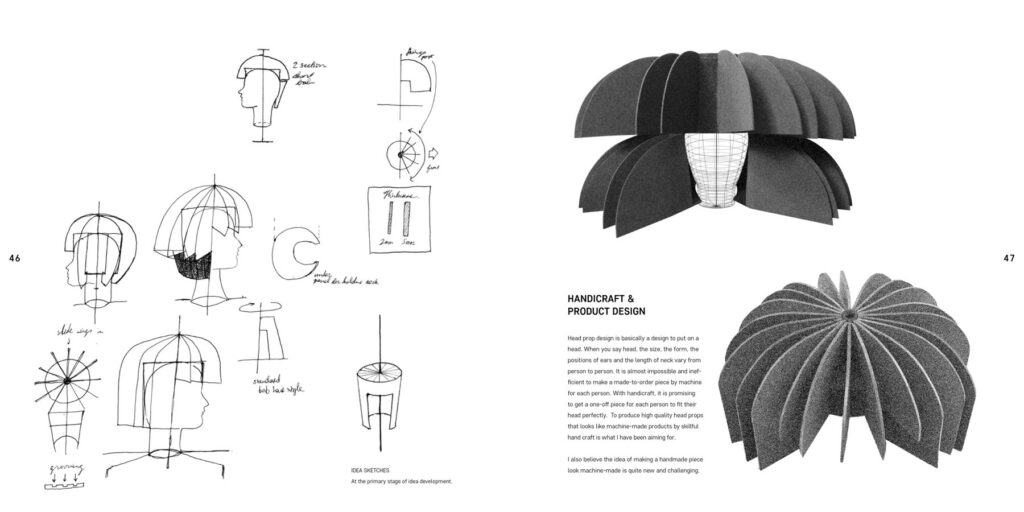
The line between most creative subjects and art is often very blurred. Do you consider yourself to be an artist? If so, did you always feel like one or was there a significant moment in your life when you realised that you wanted to become one?
If there is one hairstylist that could be called an artist, I might be that person. But that is not how I see myself. However if I could choose, I would much rather be the only one than the best one.
By being involved in the fashion industry, you are constantly surrounded by the idea of beauty and how it should be presented, but in what and where do you personally find beauty in the world?
Personally I find beauty in the world of nature, music and old Japanese films – which I like the aesthetics in.
Working with craftsmanship and creating each design by hand must be very creativity challenging from time to time. What is currently your biggest source of inspiration? When you lose track, where do you go to find it?
At the moment, my source of inspiration comes from wigmakers around the world. That is the subject I will build my new project around. Luckily, I never feel like I “lose track” so I always just keep moving.
What motivates you to grow and do better?
I motivate myself to be original at all times.
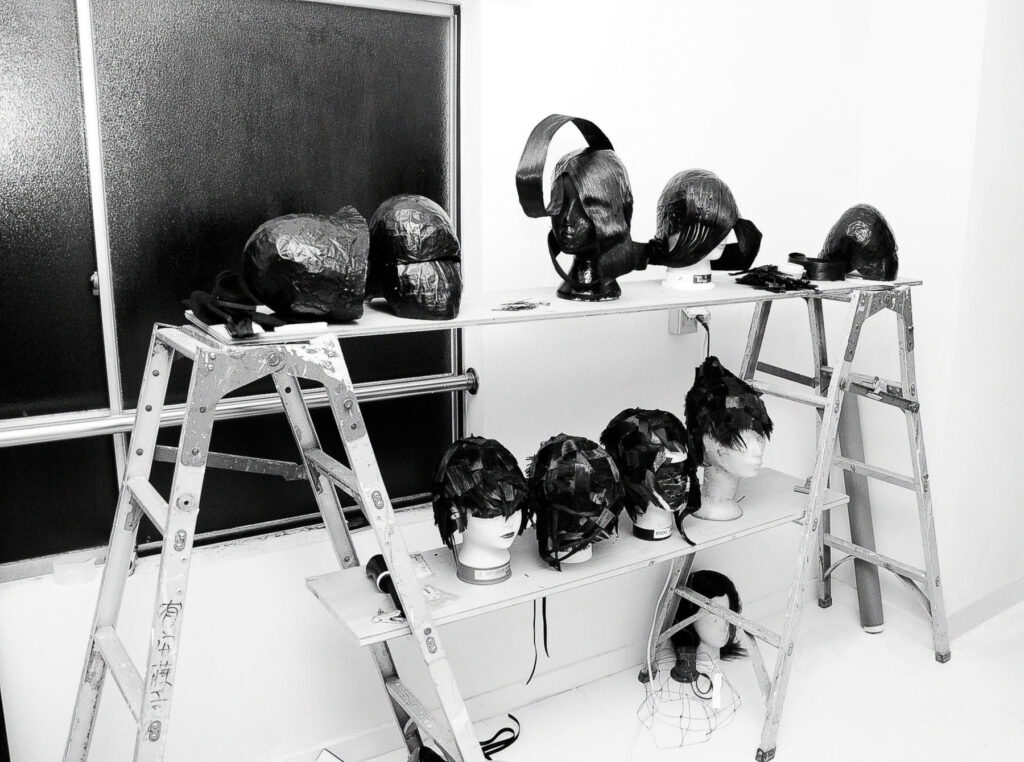
A lot of people tend to seek comfort in hiding behind their hair, do you ever feel like your bold and fearless style comes as a shock to people? Would you say that this is a part of the purpose for you?
My designs tell a story of what I do in life, if that tends to shock people, I take it positively. I know what I have done in the past three to four years is completely different to what most other hairstylists in this industry do. I personally like both natural hair styling and over-the-top head prop design at the same time, because I feel confident in both shadowing trends and being original at the same time. Whilst working in the fashion industry, you’ll always have the choice to create a trend as well as following a trend. So if head props become something that inspires upcoming artists and they want to follow that, or even keep building on this path I have created for them, that is something that would be very interesting to me.
Have you seen any good examples of how people have adapted your creative work into their everyday lives?
Except for my friends, wearing my creations on an occasional night out,
“I never think of my head props as being used in people’s everyday lives. I see them as head art.”
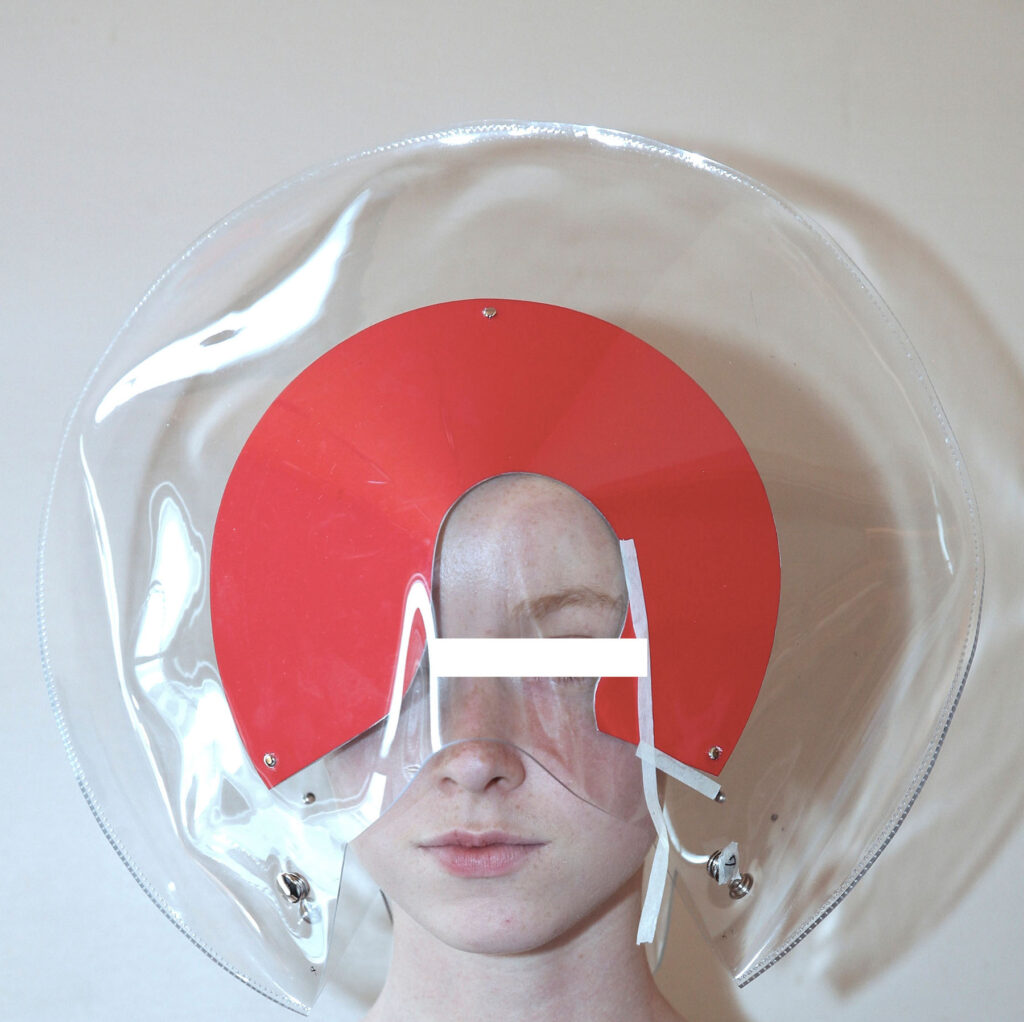
What is your best piece of advice for the people who want to follow your footsteps?
Be creative and work on building your originality. If you want to be a hairstylist and make head props as well, you need to learn about the basics of hairstyling, then play with your imagination from there on. This is how I started my career and I hope that my story can be helpful for young artists who want to pursue their dreams in Fashion.
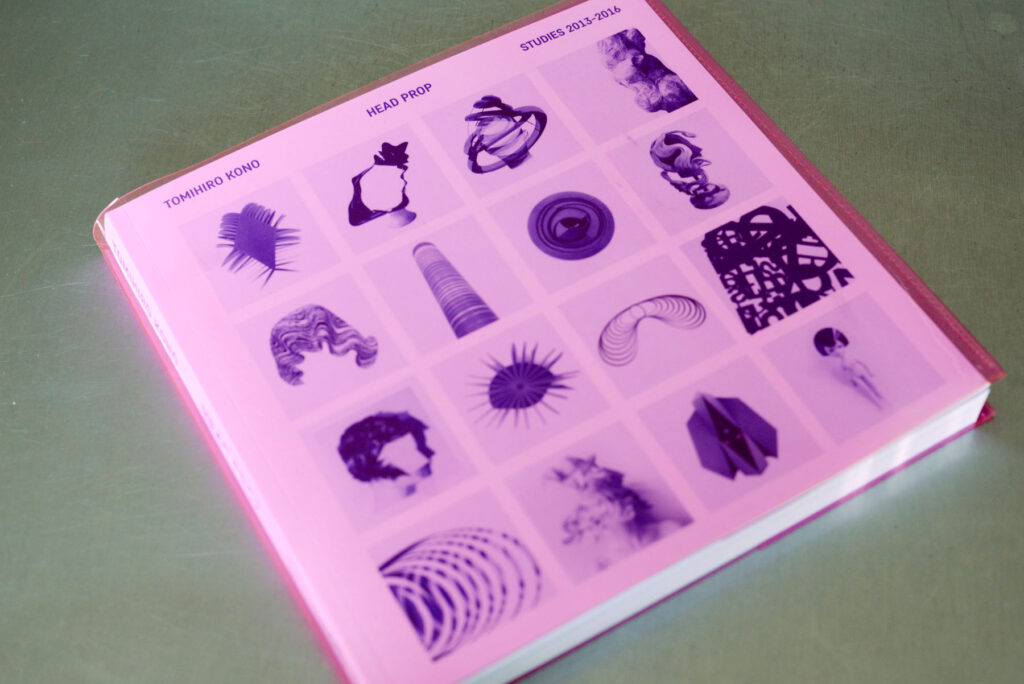
You have worked with some of the biggest names in the current fashion industry and has had your work published in the most influential magazines and online platforms in the world. Now, just a couple of weeks ago you had your very first book launch as well. Where do you see yourself going from now on?
I never really expected my first book to get so much attention! It was a big surprise for me to see that people are curious about what this book was all about. I created the concept one year ago and I haven’t changed anything since. Towards the end of the process, after having had several meetings with some very talented good publishers, I decided to publish the book myself, because I wanted to keep the creation as pure and personal as I possibly could. I consider the release of this book too both mean the end of one chapter and the beginning of a new one. What’s next for me? Well, as you go, your career establishes your style and, for now, I have a lot of wig making to do. Hair will keep me busy for a while.
Credits
‘HEAD PROP’ by Tomihiro Kono is a documentation of distinctive head prop work produced by Hair and Head Prop Artist, Tomihiro Kono from 2013-2016.
Available to buy now with pink vinyl cover exclusively at www.konomad.com
Designers
- Copyright Tomihiro Kono
- Copyright Tomihiro Kono
- Copyright Tomihiro Kono
- Copyright Tomihiro Kono
- Copyright Tomihiro Kono